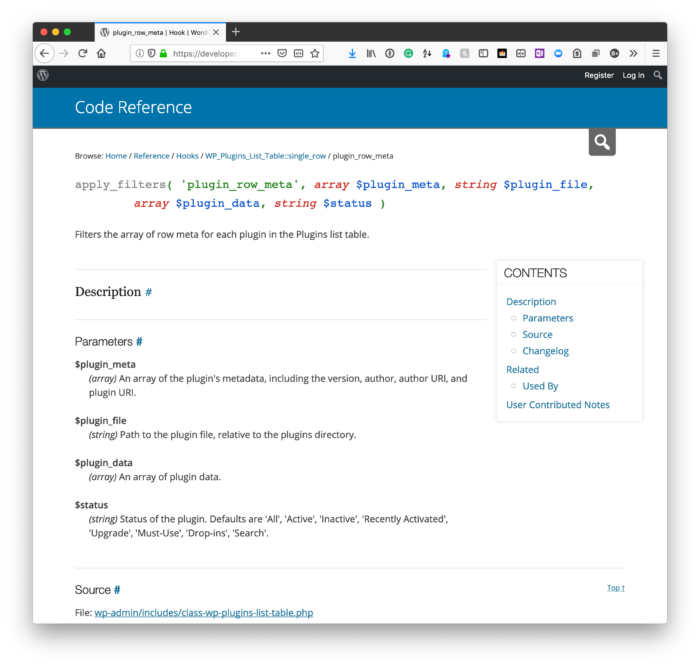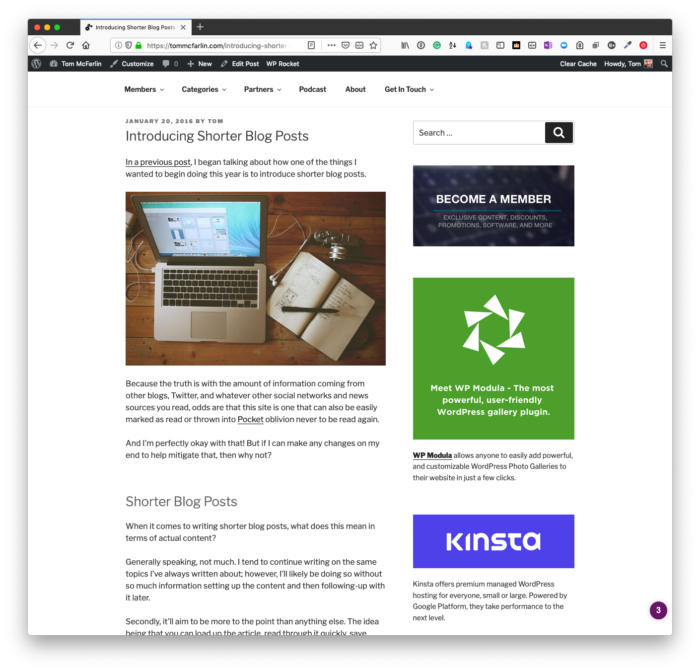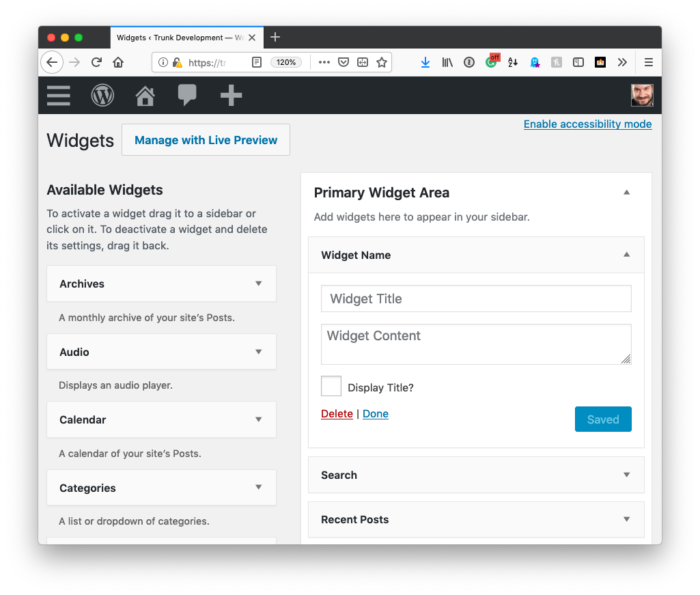In the previous post, we walked through a lot of refactoring that separated concerns into their own classes.
Ultimately, this helps show how we can maintain a high level of cohesion while not only working with classes in WordPress but doing so alongside pre-existing APIs.
Because the last few posts on refactoring the code base have been so long, the current set of posts are focused on small, incremental changes and thus shorter, more focused posts.
As mentioned in the previous article:
But if you refresh the page, you may notice that the sanitization and serialization do not seem to work when retrieving the data. And that’s what we’re going to look into in the next post.
So that’s where we’re going to pick up in this article.




